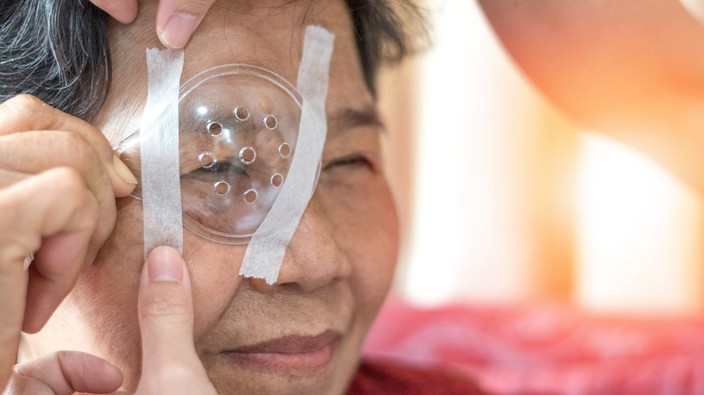in fact, experienced eye surgeons make quick work of this life-changing procedure, says weinstein.
“the technology has really advanced to the point where routine cases, which are the majority, can be done in 10 to 15 minutes,” he says. “some people have great vision the next day. sometimes it may take two to three weeks for vision to get better.”
people are in hospital or an operating clinic, awake for the surgery and then in recovery typically for two to three hours. then, they use eye drops to prevent infection and promote healing for three to four weeks at home. the restored vision is permanent.
the wait for cataract surgery is at least one year
with these surgeries shut down during the pandemic, the wait is now about a year to 18 months. for ontario, weinstein credits the ford government’s recent changes to allow certain private or non-hospital surgical centres to now offer ohip-covered cases in the exact same way they would be covered at the hospital. regulations, however, differ across the country.
“this is being done to increase access, perform more cases and hopefully reduce the backlog,” he says, with a note of hope for people in ontario waiting to regain their sight with the procedure. “i think that it will actually have a significant impact on how quickly we can get through the backlog.”
 4 minute read
4 minute read








